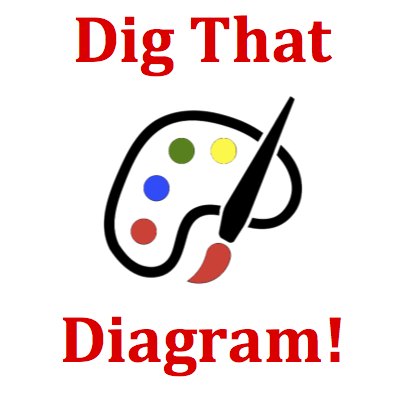Mission WM4 Wavelength-Frequency-Speed Relationship

A wave with a frequency of 1.4 Hz is created in an elastic rope. The diagram below represents a snapshot of the wave at a given instant of time. Determine the speed of the wave (in meters/second).
(Note: Your numbers are randomized numbers and likely different from the numbers listed here.)

This question is certainly more than mere plug-and-chug. There is some preliminary thinking required before the plug-and-chug stage. In the minds-on stage of the question, you will have to analyze the diagram (see Dig That Diagram section). Analysis of the diagram and the use of your understanding of the wavelength concept will allow you to determine the wavelength. Once determined, the wave equation (see Formula Frenzy section) can be used to determine the speed of the wave.

Suppose you and a friend held a rope between you and shook one end in such a manner that it would be vibrating up and down in a regular, wavelike manner. If a picture were taken of the rope at some instant in time, a wave pattern such as the one shown in the diagram would be present on the rope. The wavelength of the wave is the length of the repeating unit within the pattern. It is often measured as the distance between two adjacent crests. If the distance from the first crest to the third crest (not the next adjacent crest) is given, then this value is two wavelengths. It will have to be used to determine a single wavelength.

v = f • W
